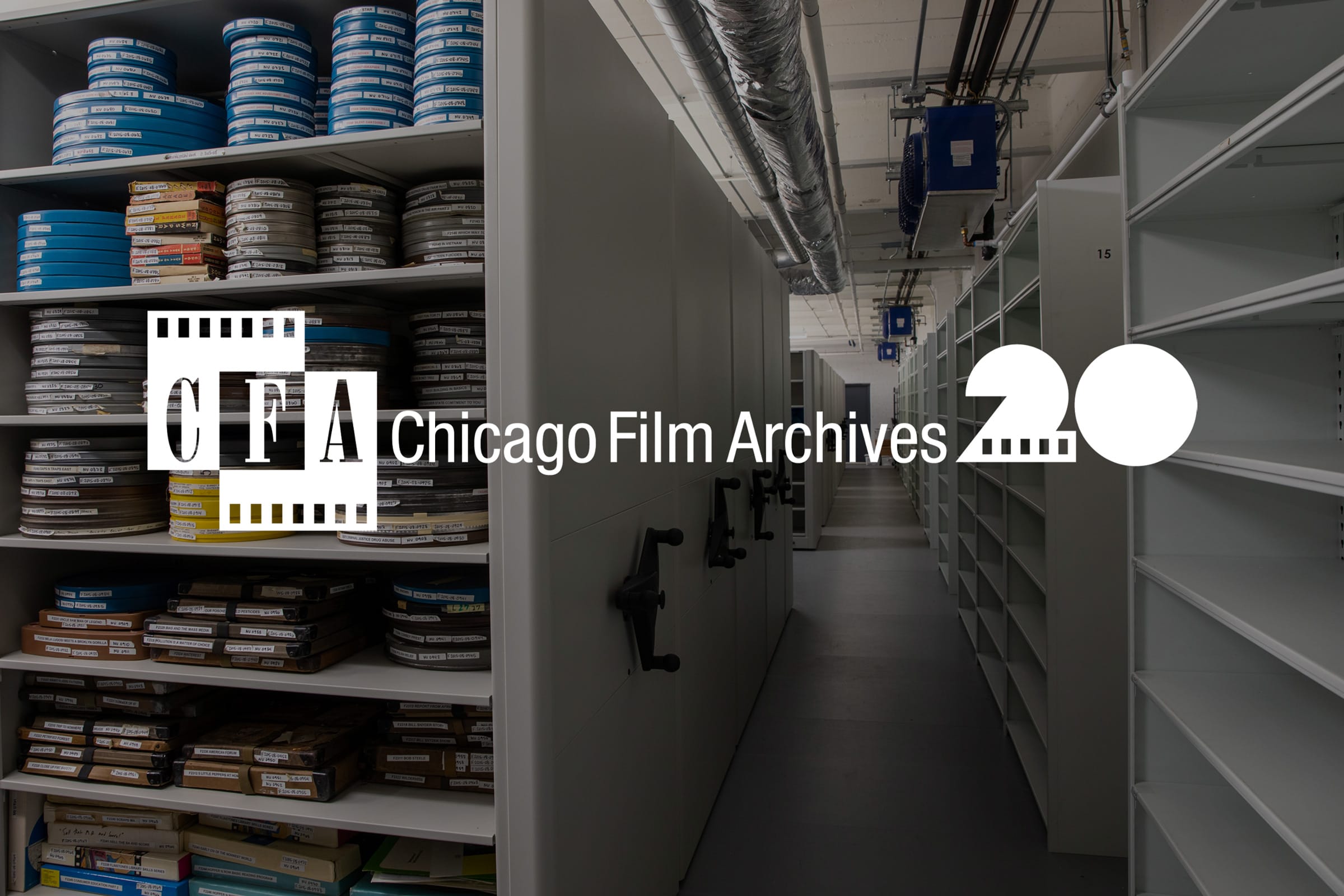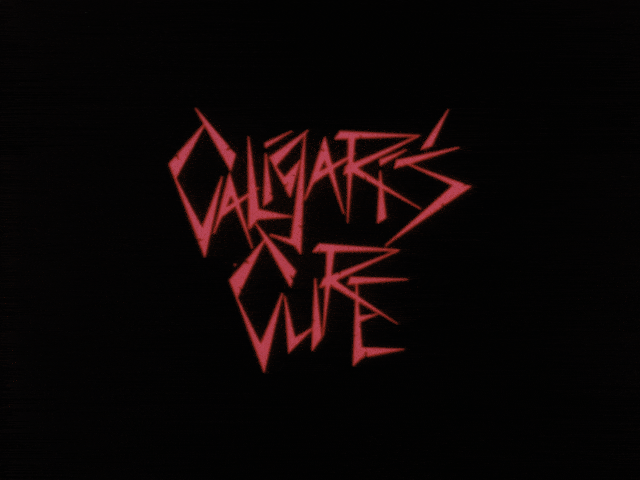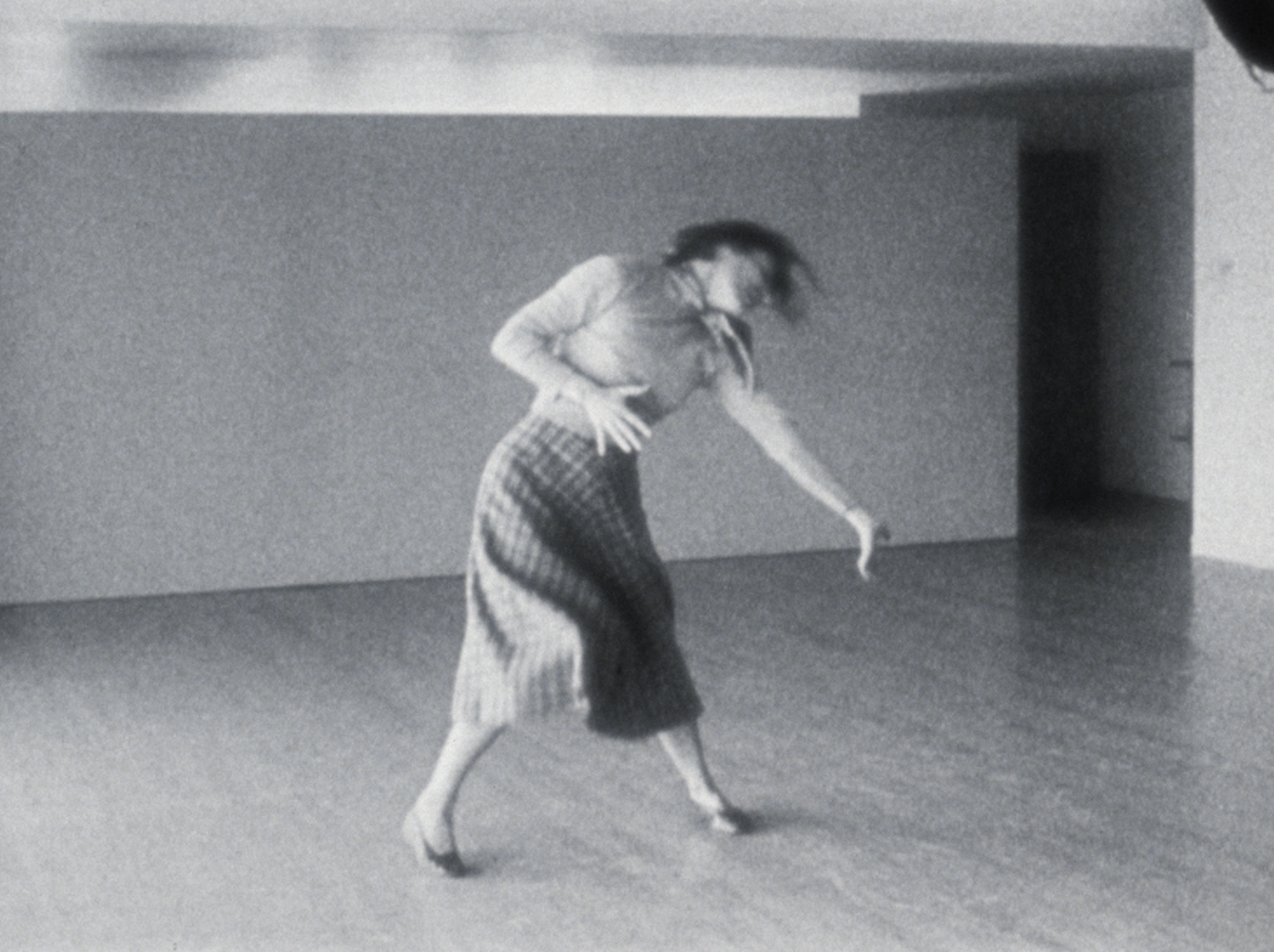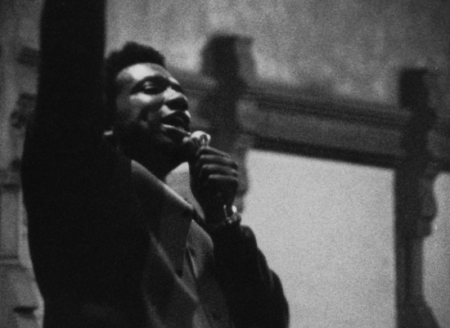Guest poster here—it’s Pamela Krayenbuhl, announcing that I have completed the cataloguing process for the vast Ruth Page Collection of dance film and video. It has been a long journey, but now that I’ve earned the advantage of hindsight, I am pleased to provide a general overview of the collection and highlight a few gems of particular interest (out of hundreds!).
Ruth Page was a trailblazer in the field of American concert dance, and helped to establish Chicago as a center for American ballet even before George Balanchine founded the School of American Ballet in New York City in 1934. The films and videos of the collection here at CFA visually document her long career as a choreographer and company director, from the Page-Stone Ballet of the 1930s to the Chicago Opera Ballet in the 1950s and 60s, and the Chicago Ballet in the 70s—though there were also several interim company titles such as The Ballet Guild of Chicago, The Ruth Page Ballets, and Ruth Page’s International Ballet. Over the years, Page’s choreographic style and subject matter changed a great deal. Below, in a 1957 video from Series II of the collection, Page explains the arc of her early career to Ken Nordine for a Chicago television program.
Many of the works Page describes to Nordine—both the earlier, jazzier Americana ballets and the middle period of opera ballets—are represented in this collection. Series I in particular houses films of the more thoroughly documented older works, often in performance but sometimes in rehearsal as well. Series II shifts toward later works by virtue of its video format, though video conversions of the earlier films are present as well. Series III fills out the narrative with filmed interviews with Page and many of her collaborators over the years.
The archive suggests that, by the 1970s, Page shifted her focus from showcasing her own choreography toward curating works by other artists on the bodies of her company dancers. This decision seems to have been fueled at least in part by funding difficulties and the lack of a consistent ‘home stage’ for the company; Page (along with various co-directors and presidents such as Ben Stevenson and Geraldine Freund) tried to draw in audiences by importing both guest dancers and choreographers from around the world. This resulted in a wide variety of works being funneled through Chicago. One example of the company’s innovative approaches to its problems is the work Scat, which was choreographed for the Chicago Ballet by former New York City Ballet dancer Lois Bewley. Below is a video of a rehearsal of the work, which was choreographed specifically to be performed ‘in-the-round,’ and which the company then premiered in such a space at the Drury Lane Theater in Chicago’s Water Tower Place during early 1977.
Here are some additional examples indicating the fascinating range of Chicago Ballet rehearsals recorded during the 1970s:
- Caliban (Act I; Acts II & III) – A full-length rock-n-roll ballet (inspired by Shakespeare’s The Tempest), choreographed by James Clouser and set to music by the band St. Elmo’s Fire. It was premiered by the Houston Ballet in May 1976; its Chicago premiere occurred on Thursday, October 13, 1977 at the Medinah Temple.
- Façade – A ballet choreographed by prominent British choreographer Sir Frederick Ashton, to music composed by William Walton. Its one act of seven to ten divertissements is based on the 1923 avant-garde performance work Façade – An Entertainment by Walton and Edith Sitwell. This Chicago Ballet version was staged in 1975 by Richard Ellis and Christine Du Boulay.
- Moonscape – A modern dance work choreographed by Jan Stockman Simonds, set to music by Michael Horvit and inspired by her husband’s work with NASA. It was premiered by the Houston Ballet in June 1975; this video represents either a dress rehearsal or performance of the piece on April 15, 1976 by the Chicago Ballet.
- Rhythms – A modern dance work choreographed by company member Richard Arve for Ruth Page’s Chicago Ballet in the early 1970s. It uses several tracks of popular music from the era, including “Embryo,” “Children of the Grave,” and “Into the Void” from Black Sabbath’s 1971 album Master of Reality and Morton Subotnick’s 1968 The Wild Bull (Part A).
- Water Study– A canonical modern dance work choreographed by modern dance luminary Doris Humphrey in 1928, set not to music but natural human breathing and pulse rhythms. This video of a reconstruction of the work was recorded on January 26, 1978—perhaps for a 50th anniversary performance by the Chicago Ballet.
The Ruth Page Collection also includes not only rare performance recordings of such famous dancers as Talley Beatty and Marjorie Tallchief (in 1957 & 1959) in works by Page, but also a number of equally rare tapings from television that were of interest to Page…and any dance enthusiast. Two of my personal favorites are this 1978 copy of Twyla Tharp’s Making Television Dance and this segment of Paul Taylor choreography, beautifully (and hauntingly?) performed by Rudolph Nureyev and Bettie de Jong, from a 1971 CBS special entitled Singer Presents Burt Bacharach.
I will leave you with one final morsel, which most clearly encapsulates (for me) Page’s long-spanning, rich, and varied career. It also speaks to how fortunate we are that so much of it was recorded on film and video. This particular tape is divided into two parts: first, one of CFA’s four episodes of the 1960s television program Repertoire Workshop from Chicago, and second, a compilation of film excerpts in both color and black & white (mostly rehearsals or intimate home-studio performances) from the first half of Page’s career—some of them including Page herself as a dancer! The difference in style between Page’s televised choreography for Carmen and José during the first half, and then the pas de trois and her own outdoors solo from an earlier version of this same ballet during the second half, demonstrates a fascinating stylistic development over the 20+ year interim between the two.
It has been a privilege for me to spend so much time with the Ruth Page Collection. Now that the project is complete, I am rather sad to be leaving Page’s world. The research process of digging through old reviews from the Chicago Tribune, dancers’ bios from around the country, and choreographic records of all kinds really gave me a sense of how influential Page was, not only for Chicago dance audiences, but for artists and audiences all over the world. There is definitely something for everyone—costumers, set designers, choreographers, anthropologists, and beyond—in this collection. Tell your friends!
Pamela Krayenbuhl is a Mellon Interdisciplinary Fellow and PhD candidate in Screen Cultures at Northwestern University. Her dissertation examines the intersection of dance cultures with commercial film & television cultures in midcentury America, with a particular focus on race and masculinity. She also dances with and choreographs for the Chicago-based Modet Dance Collective, which she co-founded in 2013.




![[Rudy Lozano]](https://www.chicagofilmarchives.org/wp-content/uploads/2023/08/Lozano2.png)

